East Sikkim is one of the four administrative districts of the Indian state of Sikkim. Geographically, East Sikkim occupies the south-east corner of the state. The capital of East Sikkim is Gangtok, which is also the state capital. It is the hub of all administrative activity in the state.
The district occupies an area of 964 sq km with a population of 244, 790 (2001) individuals the civilian region is administered by a district collector, appointed by the Union Government and the military area by a Major General.
Visitors to this region are restricted and just a few areas are open to tourists in the areas east of Gangtok. Popular tourist attractions in East Sikkim are the Tsongmo Lake, Baba Mandir and the Nathula Pass. The Nathula Pass formed the offshoot of the ancient Silk Road which connected Lhasa to India. The pass and the famous Baba Mandir are open to Indian nationals only. To enter this region a special pass - The Inner Line Permit has to be obtained one day prior to departure. This pass is made through local tourist offices. Other tourist areas include Gangtok and the famous Phodong Monastery north of Gangtok and the internationally famous Rumtek Monastery.
People in East Sikkim are mostly of Nepali ethnicity, arriving in search of jobs after the British appropriated the state in the 19th century. Other ethnicities include the Bhutias, the Tibetans and the Lepchas. Nepali is the predominant language in the region.
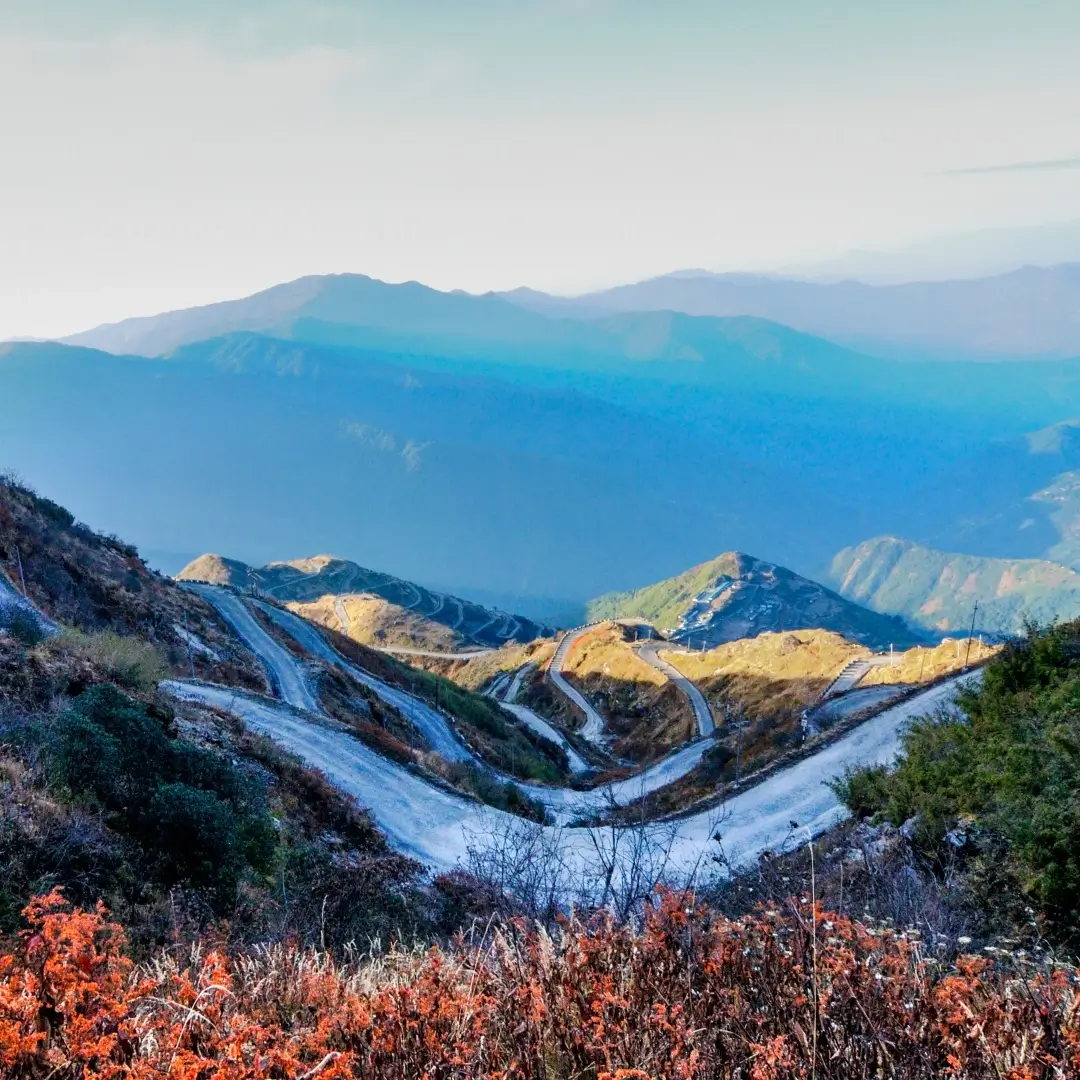
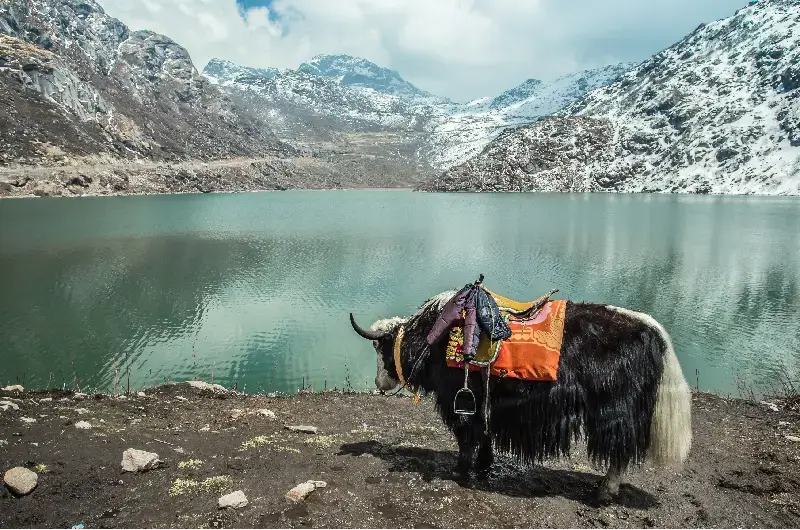
Tsomgo Lake, which is also known as Changu Lake, is a perfect destination to start your journey from East Sikkim. Situated in the Gangtok district this place is far away from the short drive to the main city of Gangtok. This frozen lake is fenced by snow-capped Himalayas and vibrant prayer flags creating an exquisite atmosphere.
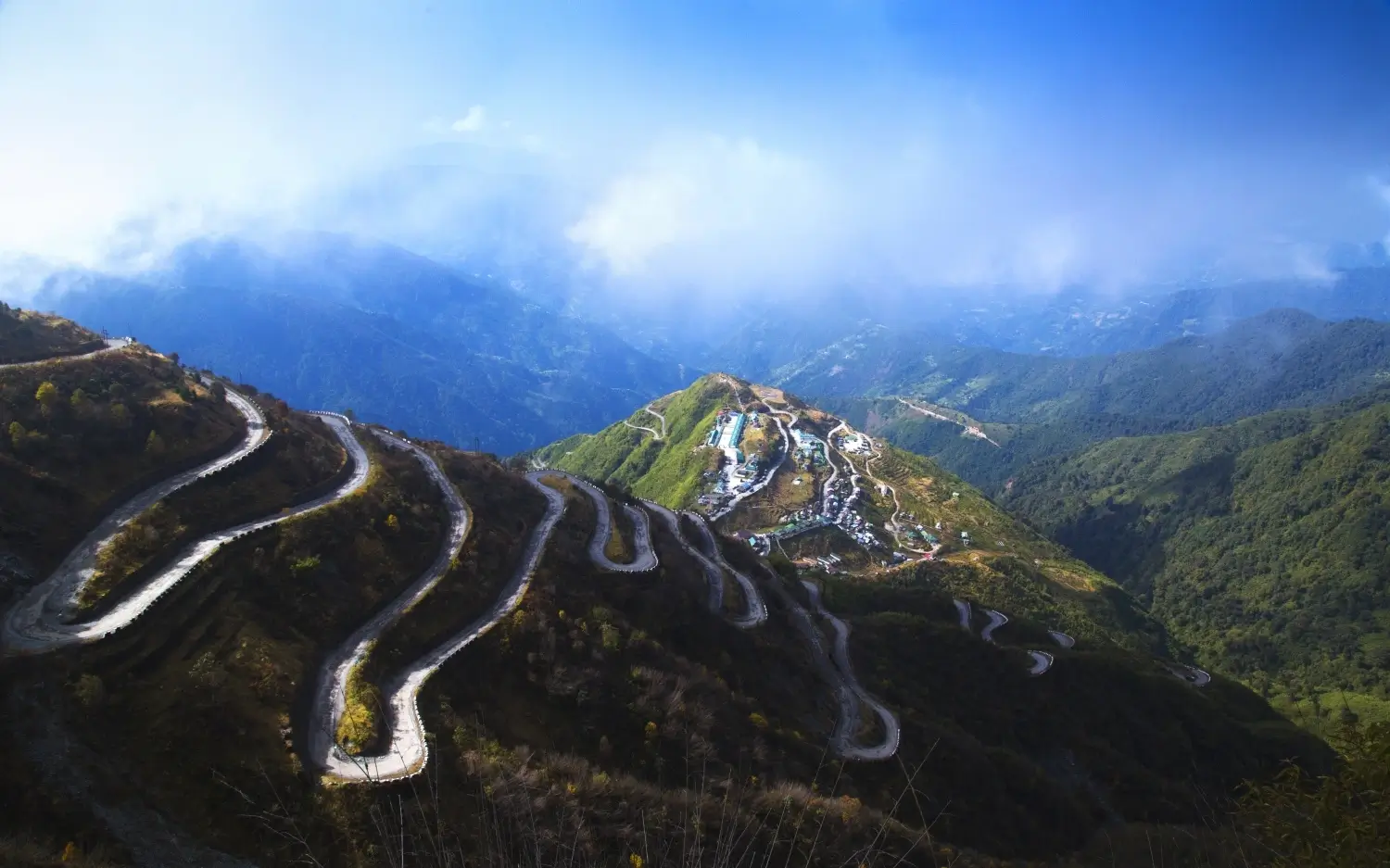
For nature admirers, the Eastern Himalayas presents an electrifying ride with jaw-dropping views in Zuluk Loop, where roads challenge you. As you drive through the nomadic roads, each curve reveals the new spectacle of mountain ranges.
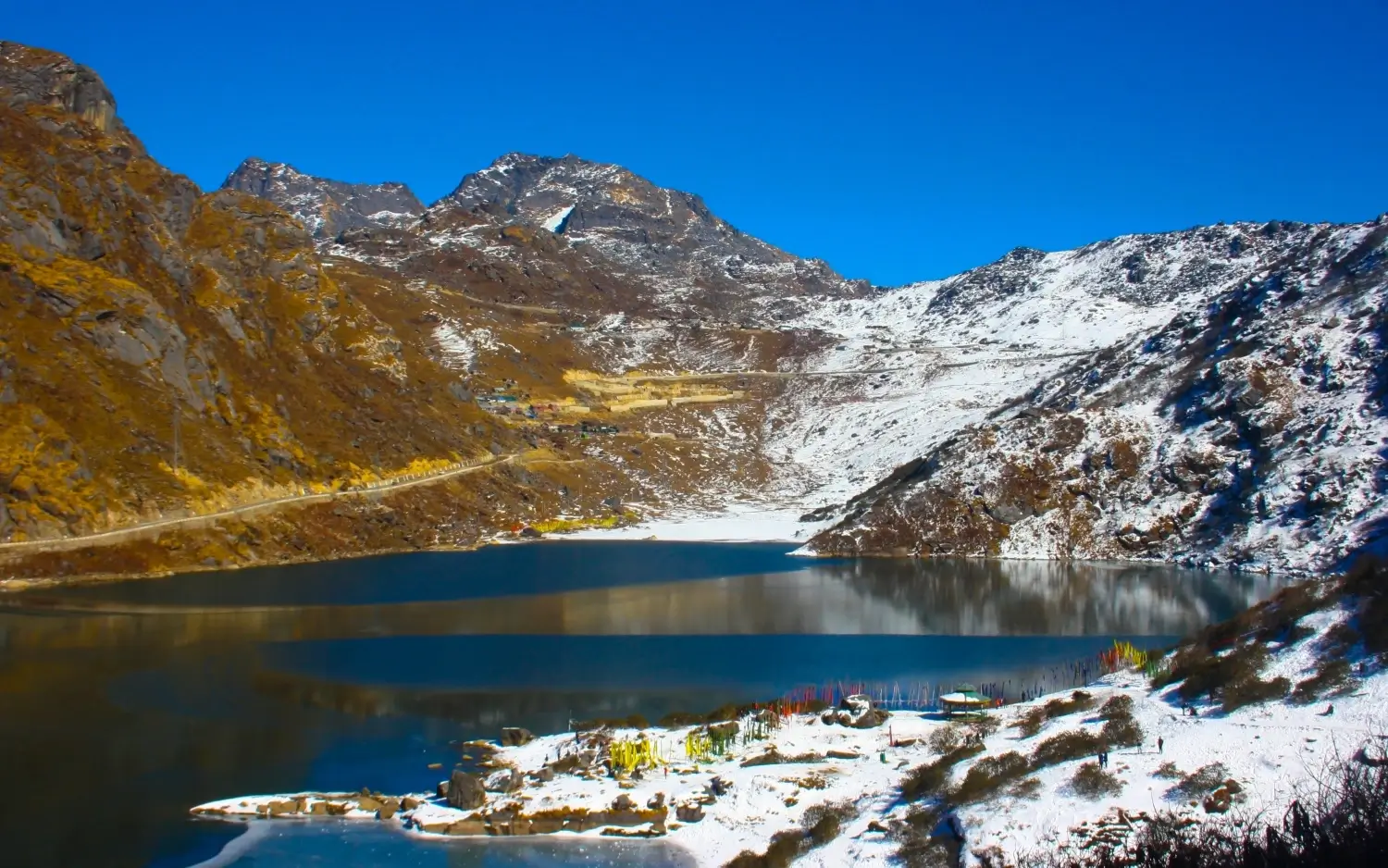
Perched at an altitude of 13,066 ft, en route to Jelepa Pass, another destination for East Sikkim where your face can reflect in the crystal-clear lake. This lake shape resembles an Elephant shape, the right side of the lake looks like an elephant trunk and on the left side it looks like an Elephant tail.
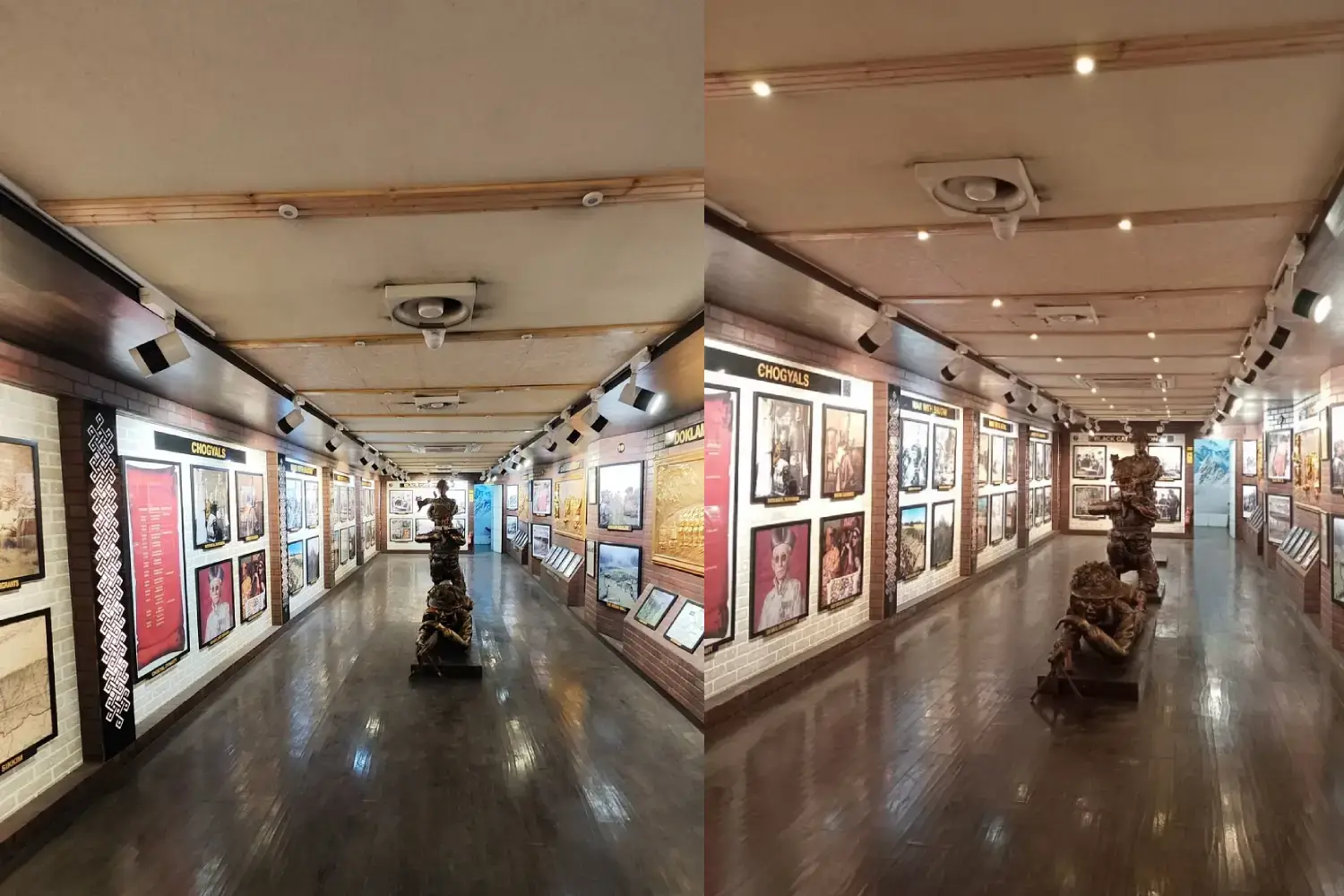
It is also known as the Directorate of Handicrafts and Handlooms. It was open for the purpose of preserve, protect and promoting Sikkimese's traditional arts, and handicrafts like hand-woven carpets, choktses (hand curved tables), blankets, shawls, furniture, handlooms carpets and other products. Now it has become one for the major tourist attraction for travelers.
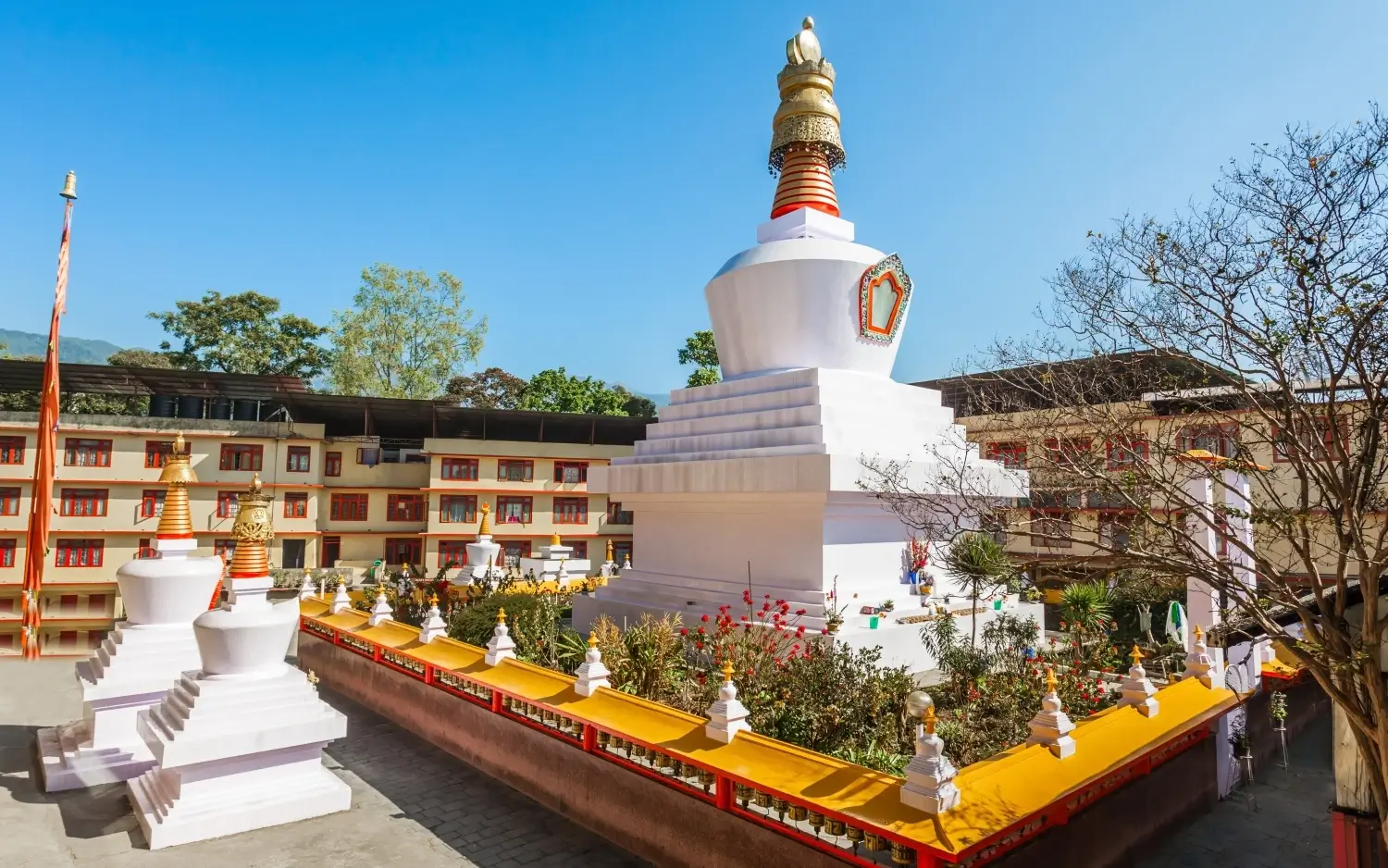
Built by the venerable Trulshi Rimpoche, head of the Nyingma order of Tibetan Buddhism in 1945, The Do Durl Chorten is one of the most important and biggest stupas found in sikkim. Inside this Stupa, there are complete Mandala sets of Dorjee Phurba (Bajra Kilaya) around this Chorten, which is one of the most important Stupas in Sikkim, are 108 Mani-lhakor (prayer wheels). These prayer wheels are turned by the devout Buddhist while chanting "hail to the jewel in the lotus ", to invoke Buddhisattva.
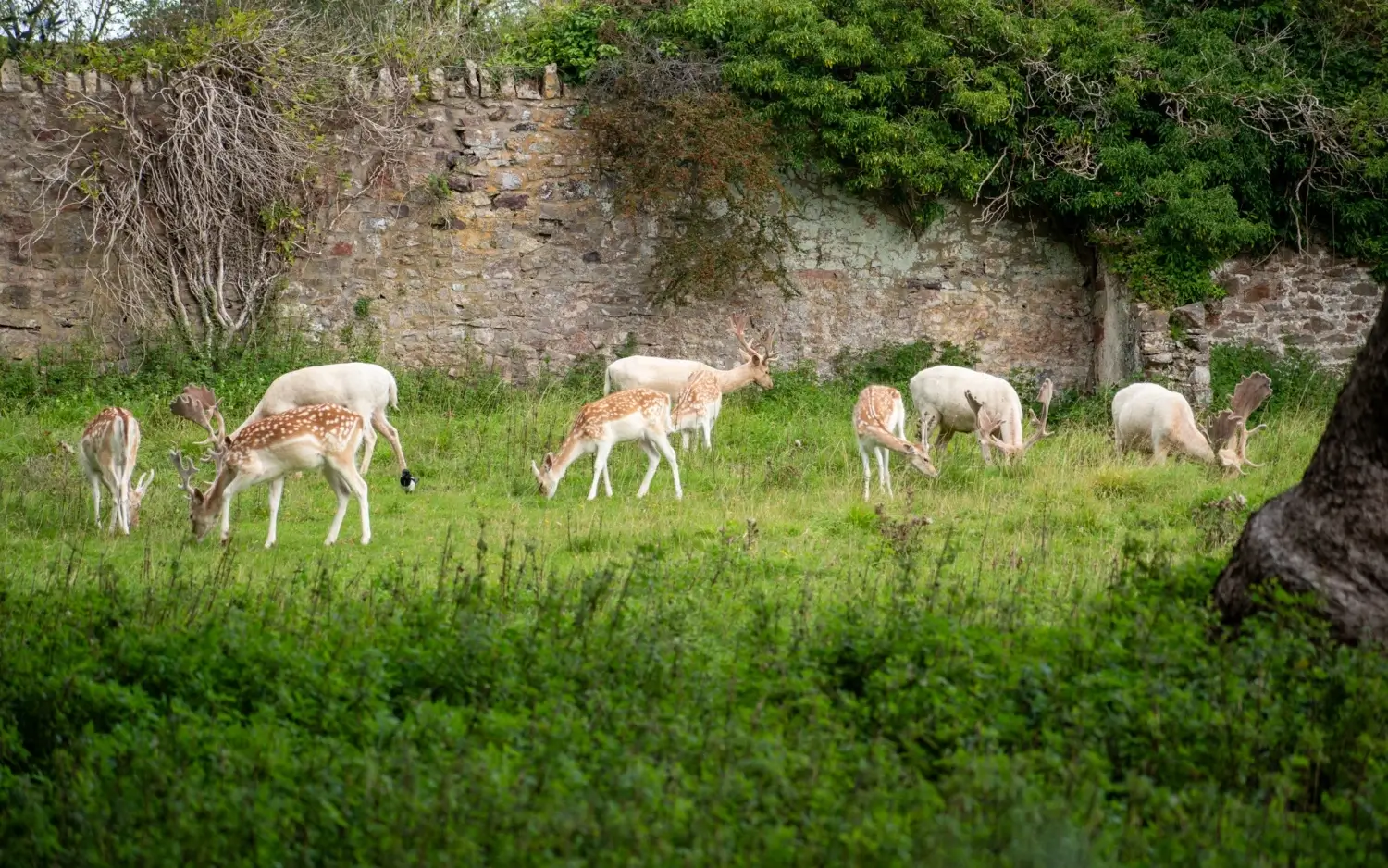
Also known as "Rustomji Park" was established in the late fifties and is located adjacent to the new Secretariat. The park has a big open enclosure in which different types of deer can be seen. There are also a few cages in which some animals native to Sikkim like the Red Panda and the Himalayan Bear are kept. The park offers the picturesque view of the hills surrounding Gangtok is perched on top of a hillside that plunges almost vertically deep into the valley.
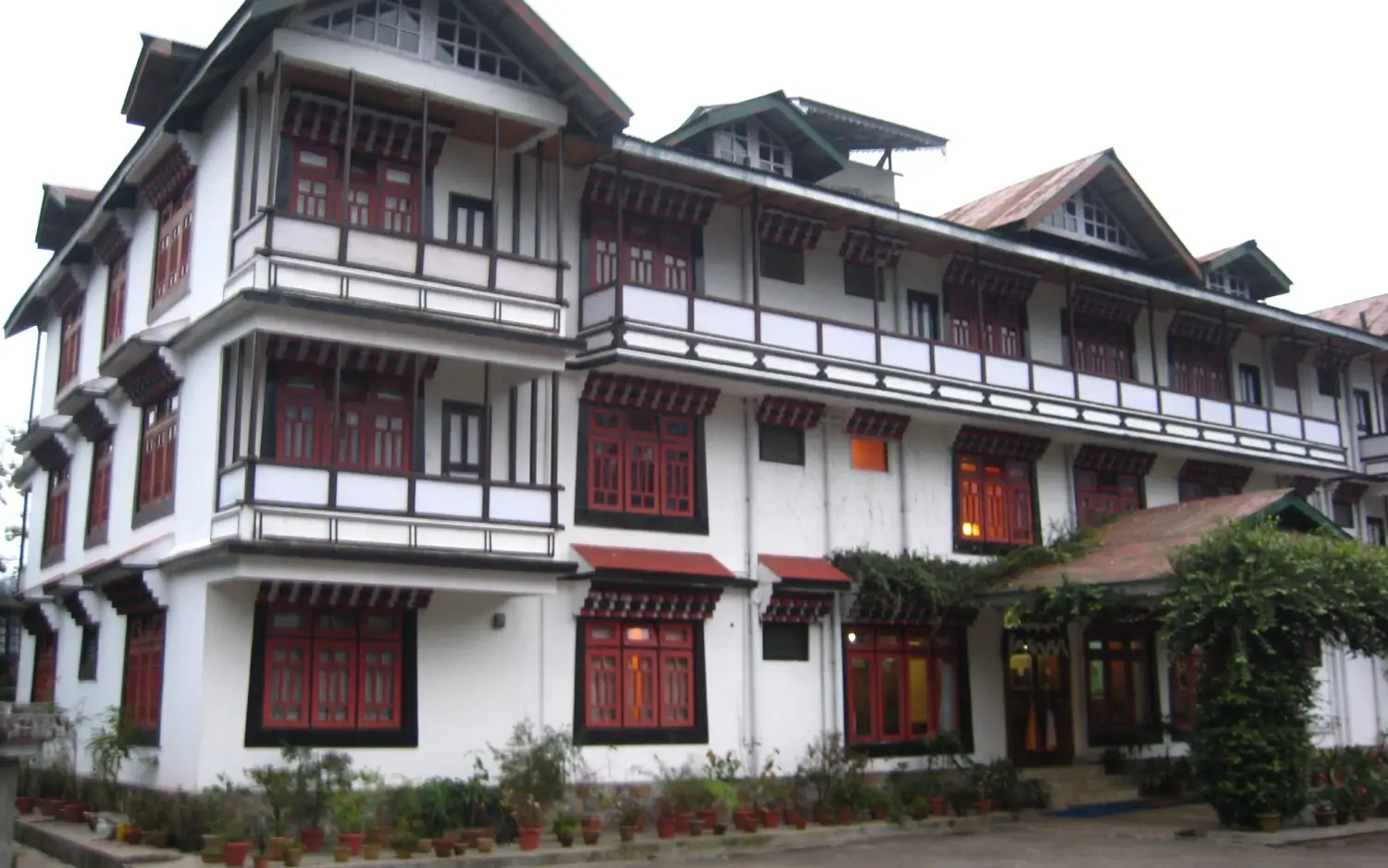
The White Hall has historical value and is situated on the Ridge. It is a two storied structure and has typical British architecture and was built in 1932. It is so called not because it is, painted white but because it was built in memory of the first Political Officer of Sikkim, Claude White. There is an Officers' Club and a badminton court in the White Hall.
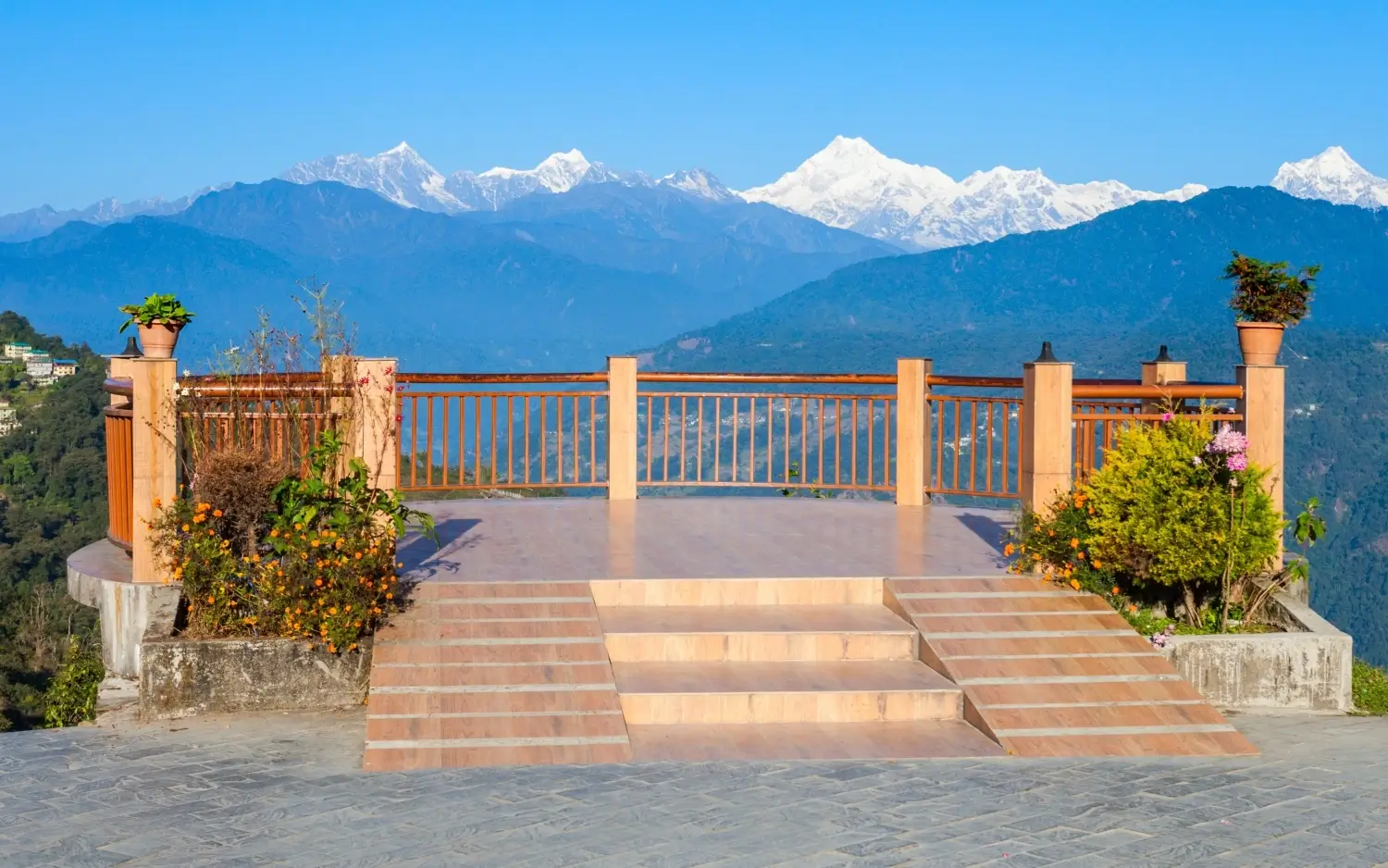
Built by the late King of Sikkim Sri. Tashi Namgyal, it is situated about eight kms away from Gangtok on the North Sikkim Highway. From this point you get a breathtaking view of the Mt. Khangchendzonga and Mt Simolchu snowy range on a clear day. On the opposite hill, the Phodong and the Labrang monasteries can be seen. A resting shed and a small cafeteria situated at Tashi View Point provides shelter and other amenities to the tourists. A park above the View Point is a good place to enjoy a picnic.
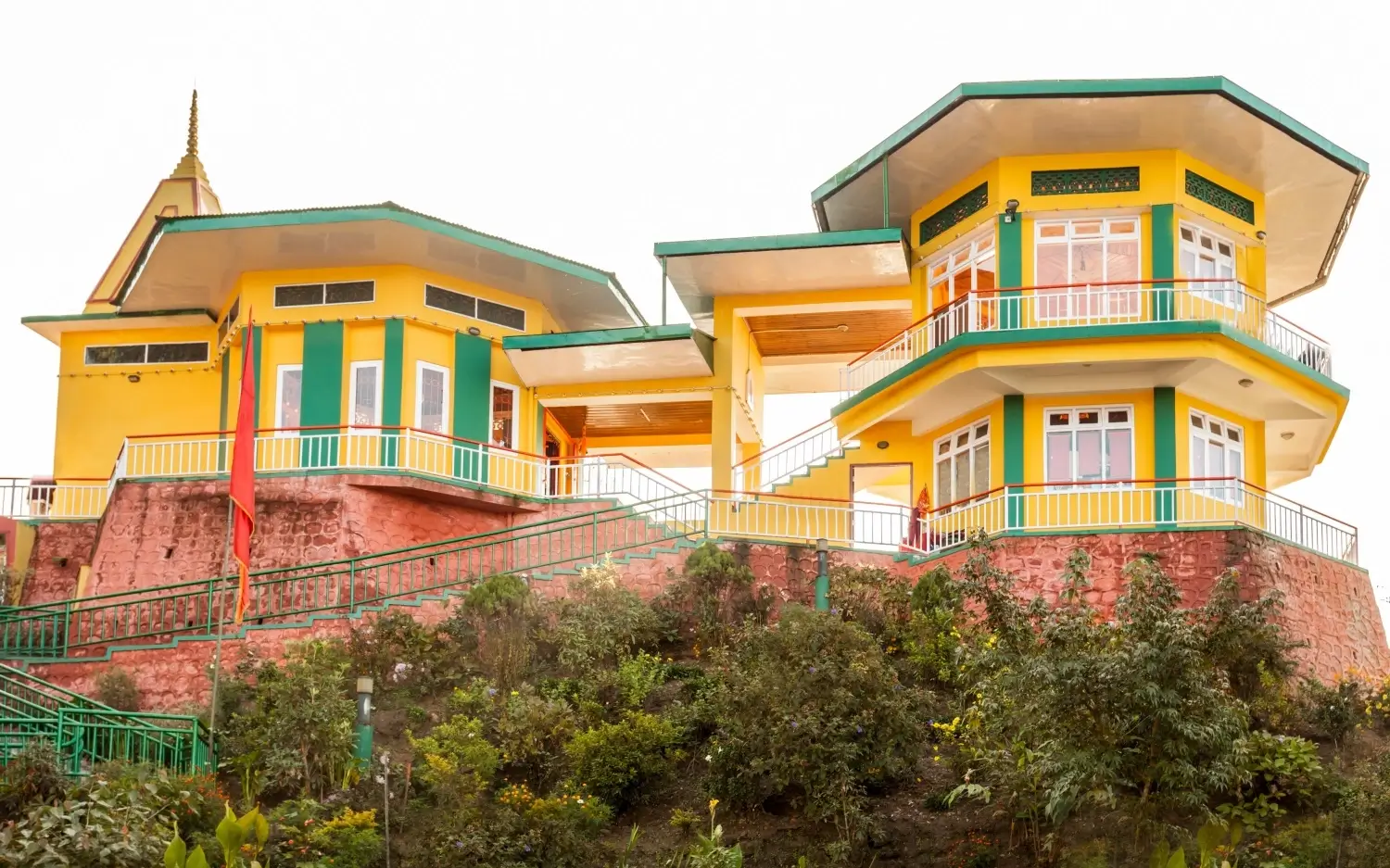
It is situated on a ridge and is only 7 kms from Gangtok. It is the temple dedicated to the Lord Ganesh, a deity worshipped by Hindus. It offers a panoramic view of Gangtok town and the Raj Bhawan Complex and on a clear day a breathtaking view of Mt. Khangchendzonga.
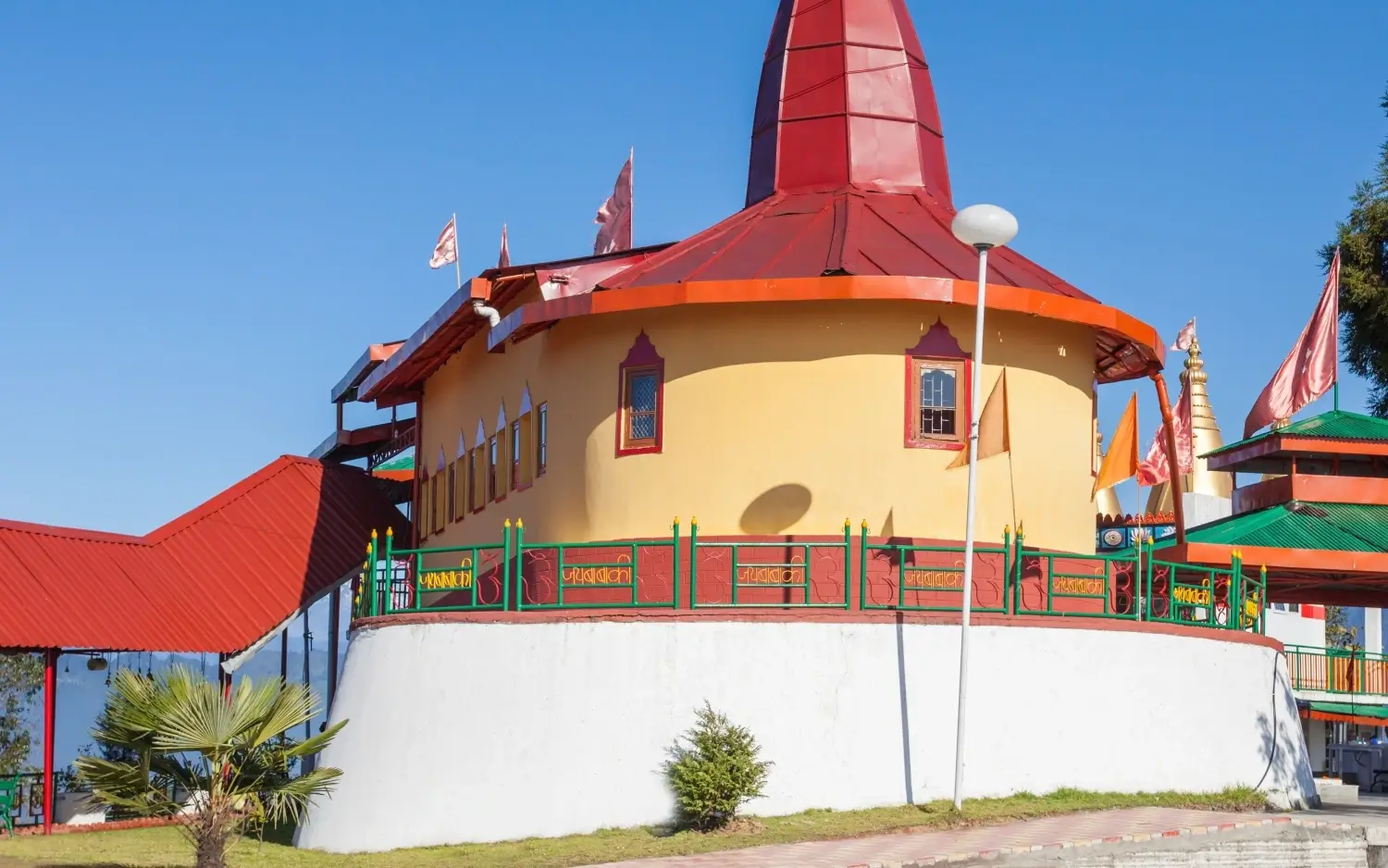
Situated 11 km away from Gangtok town, it is a temple dedicated to the Lord Hanuman, a god worshipped by Hindus. From the temple itself, the snowy peaks of Khangchendzonga present a panoramic picture. One also gets a bird’s eye view of the Selep waterworks, which supplies drinking water to the Gangtok town, a few hundred feet in altitude below Hanuman Tok. The temple at Hanuman Tok is maintained by a unit of the Indian Army and can be found to be spick and span.